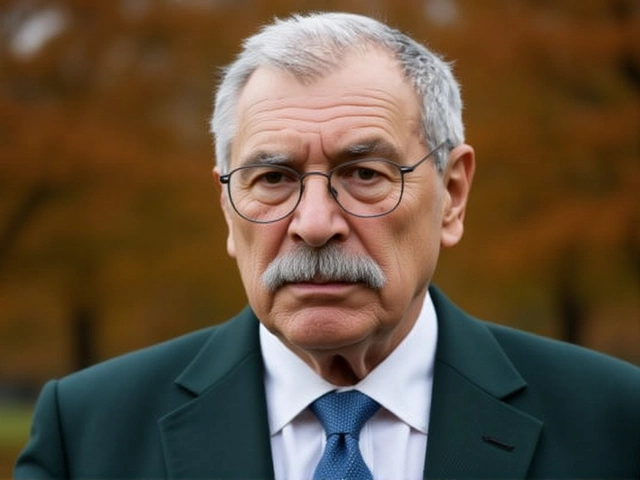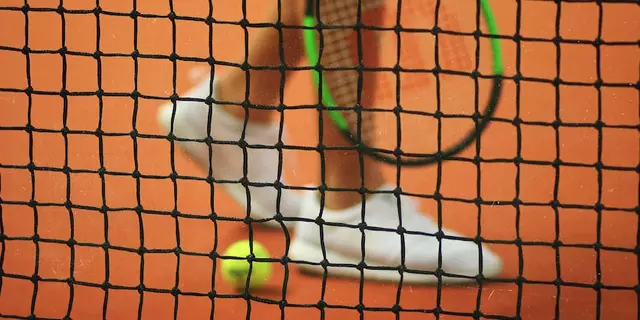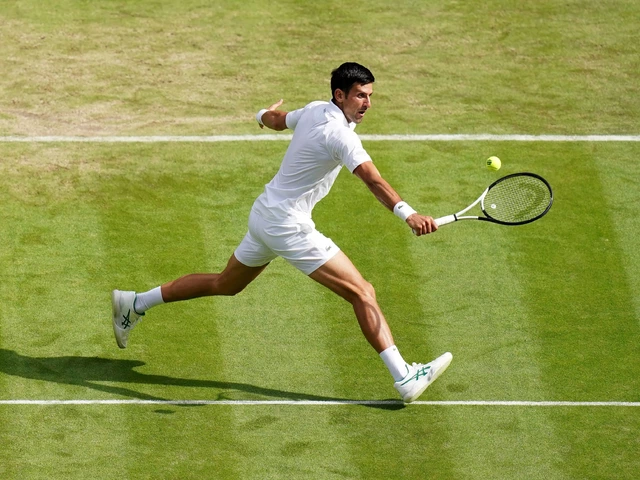Australian Open: Your Quick Guide to Melbourne’s Grand Slam
Thinking about the Australian Open? Whether you’re a player, a fan planning a trip, or just love a good tennis story, this guide gives you the basics you need. The tournament kicks off every January on the hard courts of Melbourne Park and wraps up the first Grand Slam of the year. It’s hot, it’s fast, and it’s a great place to see new talent and seasoned champs battle it out.
Why the Australian Open is a Must‑Watch
The Aussie Open isn’t just another tournament. It’s the first major test after the off‑season, so players are fresh but also figuring out their form. That mix makes for unpredictable matches and surprise upsets. The heat in Melbourne can reach 30°C (86°F), which adds a physical challenge – players need stamina and smart hydration strategies. For fans, the night sessions under the lights are electric, with the crowd cheering louder than anywhere else on the tour.
Practical Tips for Players and Visitors
If you’re hitting the courts, arrive early to get the best practice slots. Bring a water bottle with electrolytes – the Australian sun can drain you fast. Wear breathable, UV‑protective clothing and a hat; the courts offer limited shade. For beginners, start with a slower‑paced warm‑up to avoid cramps. Watching the pros, you’ll notice they take short, frequent breaks to re‑hydrate and stretch – copy that routine.
Travelers, book your accommodation near the city centre or the sports precinct. Public transport runs frequently during the event, so you can skip traffic jams. Grab a ticket for a day session if you want a cheaper experience; the tennis quality is the same, just the crowd is a bit smaller. Don’t forget to try the famous Australian meat pie or a Tim Tam while you’re there – it’s part of the Aussie Open vibe.
Fans love the “Kids’ Day” and “Fan Zone” activities. You can meet former champions, try interactive games, or catch a junior match. It’s a good way to see future stars before they become big names. If you’re betting on a favorite, keep an eye on the early rounds – many top players use the Australian Open to shake off rust, so upsets are common.
From a historical angle, the tournament started in 1905 as the Australasian Championships. It moved to Melbourne in 1988 and upgraded to fast‑playing hard courts, which changed the playing style. Legends like Margaret Court, Rod Laver, and more recently Novak Djokovic have left huge footprints. Understanding that history adds depth when you watch a match – you’ll see why certain players thrive on these surfaces.
In short, the Australian Open is a blend of intense competition, unique conditions, and a lively atmosphere. Whether you’re playing, watching, or just soaking in the Aussie culture, there’s a lot to enjoy. Grab a ticket, pack your sunscreen, and get ready for a Grand Slam that kicks off the tennis year with a bang.
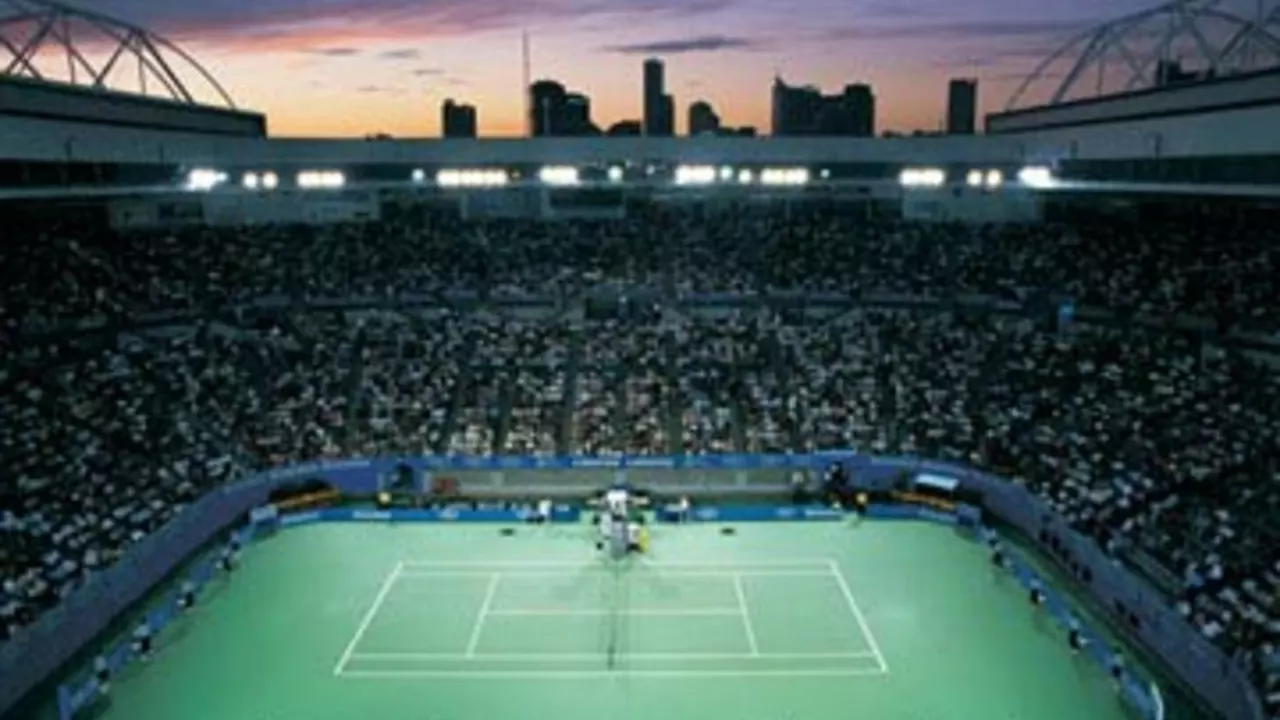
Why is the Australian Open Court speed so low this year?
From my observations, the Australian Open Court speed has noticeably dropped this year. The main reason for this is the change in court surface, which has been switched to a slower pace to promote longer rallies and a more strategic style of play. The cooler weather conditions also contribute to the decrease in speed as the ball doesn't bounce as high or travel as fast. This has been a major talking point among players who are having to adjust their games accordingly. It's definitely a change that's stirred up the tournament this year.
Detail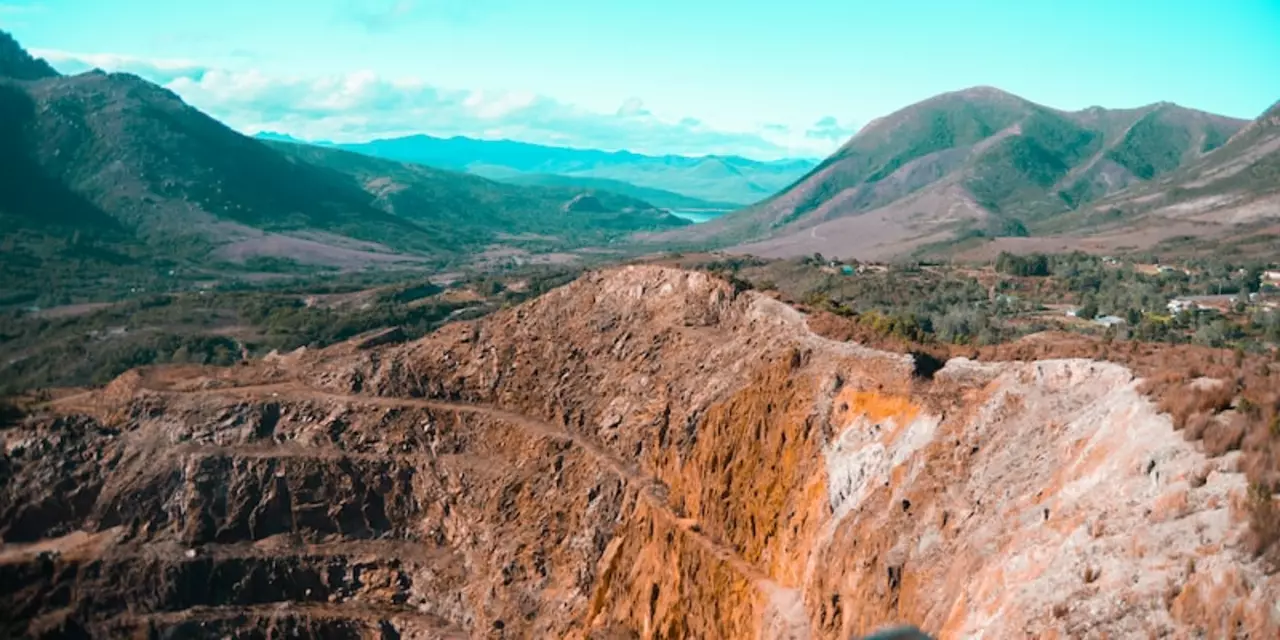
Has Rafa Nadal ever won the Australian Open?
Rafael Nadal is one of the most successful tennis players of all time, having won an impressive 19 Grand Slam titles. However, despite being one of the top players on the tour, he has never been able to win the Australian Open. He has reached the final twice, in 2009 and 2012, but has been unable to secure the title. He will be hoping to finally break his duck at the 2021 edition of the tournament.
Detail
